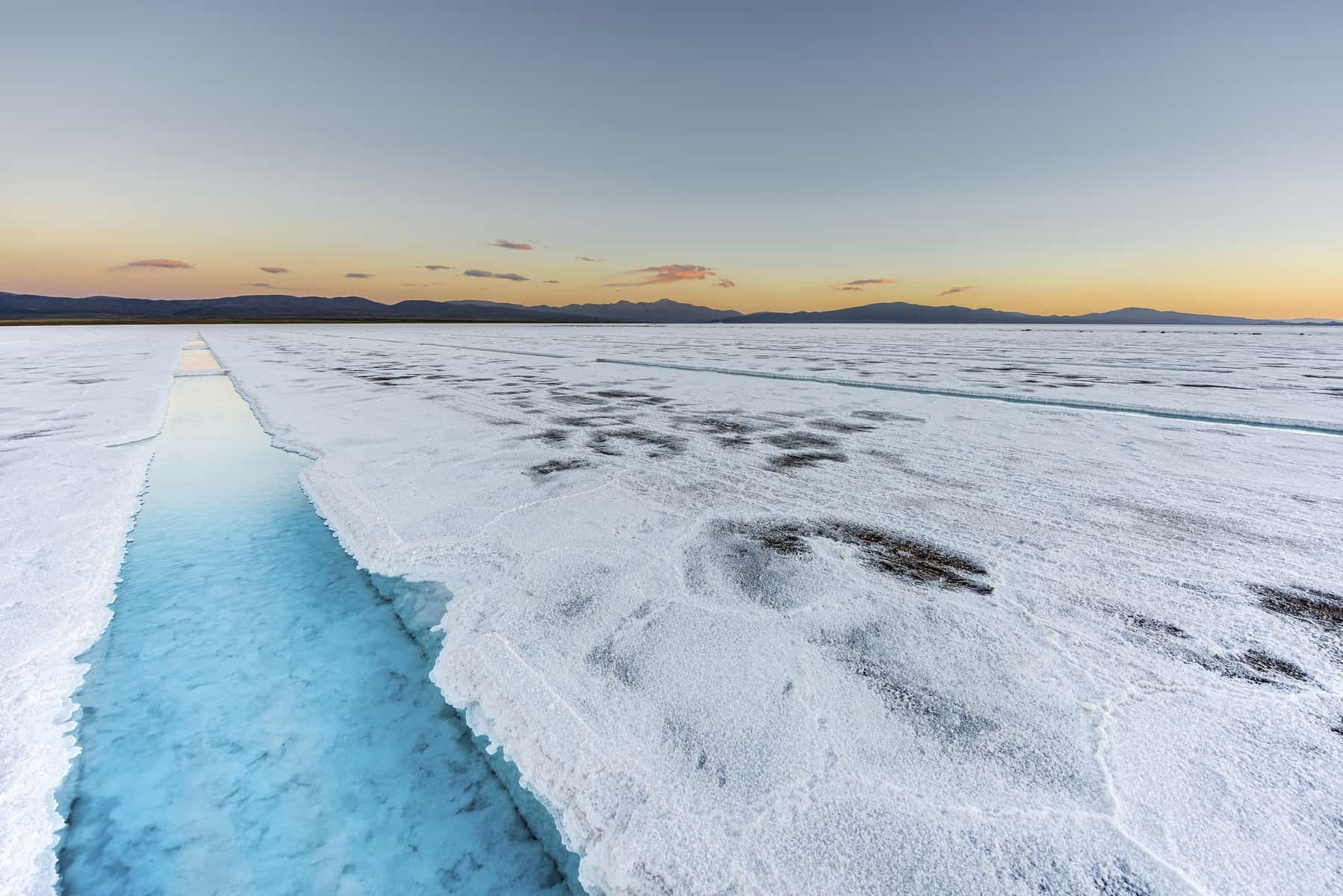
Just as there are many different forms of energy, there are also different forms or types of water. These types differentiate the water’s composition, where it came from, and the different labels we assign them.
| Water Classification | Concentration of Total Dissolved Solids (mg/liter) |
|---|---|
| Pure Water | <500 |
| Potable Water | <1,000 |
| River Water | 500–3,000 |
| Brackish Water | 1,500–10,000 |
| Saline Water | 10,000–100,000 |
| Seawater | 35,000 |
Source: Global Water Intelligence, Desalination Markets 2010: Global Forecast and Analysis (Oxford: Global Water Intelligence, 2010).
The concentration of total dissolved solids determines water’s classification.
Salinity measures total dissolved solids (TDS), made up of salts and minerals, in water. Potable water has less than 1,000 milligrams per liter (mg/liter) of total dissolved solids. Brackish water is too salty to drink with a TDS of between 1,500 and 10,000 mg/liter). Saline water (10,000–100,000 mg/liter) includes seawater. Fracking wastewater produced by the hydraulic fracturing (“fracking”) of shale formations can have TDS as high as 400,000 mg/liter.
In Spanish, freshwater is called “sweet water” (de agua dulce), as its flavor is much sweeter than that of saltwater. If water’s salt content is too high, then drinking it will physiologically damage the body’s cells. Perfectly pure water with no dissolved solids, such as distilled water, can also cause damage by leaching salts and minerals from the body’s cells.
Rivers have a range of salinity, depending on the source, the composition of the riverbed, and the pollution to which they are exposed. Rivers are usually potable, though some suffer high levels of pollution that render them undrinkable because their level of salts, toxins, and contaminants exceed acceptable thresholds.
Freshwater is necessary for human consumption and agricultural production. However, some crops grow with brackish water, and some sea plants, such as sea weed, kelp, and algae, grow in saline water. While the world is awash in brackish and saline water, human prosperity and quality of life depend on the relative abundance of fresh water.

Image Credits: Anibal Trejo/Shutterstock.com; Alexander Mazurkevich/Shutterstock.com.
Update your browser to view this website correctly.Update my browser now